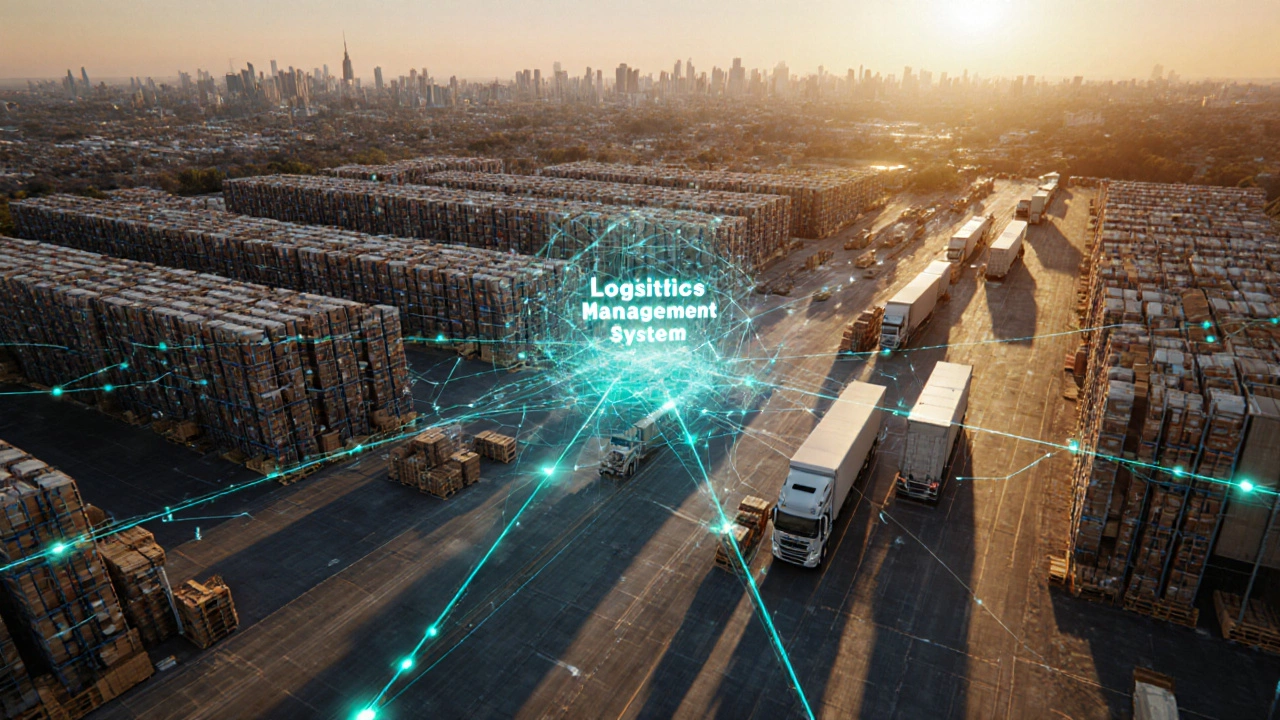Logistics Management System Explained: Features, Benefits & How to Choose
Learn what a logistics management system is, its core features, benefits, implementation steps, and how to pick the right solution for your business.
When working with Logistics Management System, a software‑driven framework that plans, executes, and controls the movement and storage of goods from origin to consumption. Also known as LMS, it brings together data, people, and processes to keep supply chains running smoothly.
The logistics management system encompasses three core functions: planning routes, managing inventory, and monitoring deliveries. It requires a Warehouse Management System, a tool that optimizes storage locations, picking, and shipping within a warehouse to ensure that goods are stored efficiently before they hit the road. E‑logistics, the digital layer that adds real‑time tracking, automated notifications, and data analytics influences the LMS by providing instant visibility into shipment status. Together, these elements form a network where the LMS coordinates, the WMS executes, and e‑logistics informs every step.
Beyond the basics, a robust LMS leans on Supply Chain Software, integrated platforms that link procurement, production, and distribution modules across an enterprise. This software connects the dots between suppliers, manufacturers, and retailers, allowing the LMS to adjust plans on the fly when demand spikes or a carrier faces delays. Another critical player is the Freight Forwarder, a specialist who handles international shipping paperwork, customs clearance, and carrier selection. By partnering with forwarders, an LMS can extend its reach globally without owning each transport mode. The synergy among these entities—LMS, WMS, e‑logistics, supply chain software, and freight forwarders—creates a resilient system that can adapt to market changes, reduce costs, and improve customer satisfaction.
Understanding these relationships helps you see why topics like the 7 R’s of logistics, routing optimization, and freight cost calculations appear throughout our collection. Below you’ll find articles that break down each piece, from the math behind route planning to real‑world tips for choosing the right warehouse system. Whether you’re a small business owner looking to streamline deliveries or a logistics professional seeking advanced strategies, the posts ahead give you actionable insights rooted in the core concepts of a logistics management system.

Learn what a logistics management system is, its core features, benefits, implementation steps, and how to pick the right solution for your business.